Copa America 2019 Rankings: Who Needs to Win the Competition the Most?

The 46th edition of Copa America, the sport’s oldest international competition, kicks off this week when host nation Brazil faces Bolivia in Sao Paulo on Friday. Brazil is aiming to win the trophy as host for a fifth time and capture its ninth title in all.
This year also marks the 100-year anniversary of Brazil's first Copa America title (when it defeated Uruguay in 1919 in Rio de Janeiro), so the country will hope that its commemoration can be used as an omen, urging its men’s team to come full circle and bring the nation a centennial victory.
But Brazil is not the only one with an objective, as every squad has a blueprint and a mission for the tournament. For some nations it’s about continuing the good momentum generated at last summer’s World Cup. For some it's about ending a decades-long trophy drought and answering critics. For others, some of whom are working under new management, it's the first step toward what they hope is success in qualifying for Qatar's World Cup in 2022.
Success in this game is relative, though, and after South America failed to field a semifinalist in last year’s World Cup, there is added urgency to see results, especially among the top tier of nations. Naturally, every team wants to win, but which ones, from a sporting perspective, truly need it the most? That's how we're ranking this year's Copa America entrants:
1. Brazil
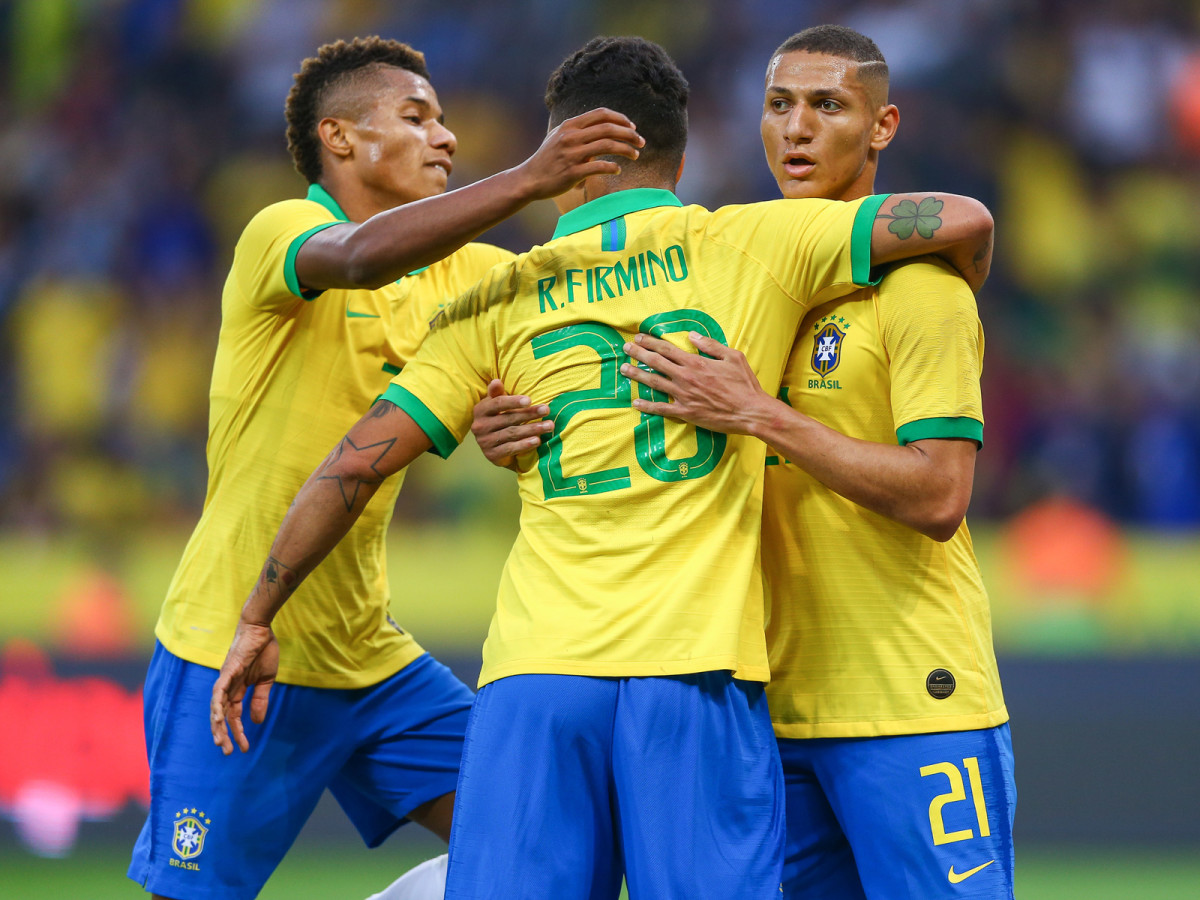
There's an argument to be made for Brazil's chief rival, but the stakes are highest for the host nation. Aside from the pressures of winning at home to mark the 100th anniversary, this competition is also about the coach, who most likely needs to win it all if he wants to keep his job.
Tite arrived in 2016 and replaced Dunga, who failed to take Brazil out of the group stage at Copa America Centenario (though his was a far weaker squad due to stars such as Neymar and Gabriel Jesus opting to play for the Olympic gold medal-winning team), so this competition has been known to seal a manager’s fate. Despite his impressive record (29-2-5), he has not been able to deliver a trophy, and fans’ patience is wilting–especially considering that the last time Brazil played host for a major tournament, the 2014 World Cup, it was embarrassed 7-1 by Germany in the semifinals, and those wounds have not yet healed.
All of this will be taking place under the cloud of Neymar's disastrous season, which ultimately ended last Wednesday after he suffered a right ankle injury in a friendly against Qatar. The injury will him out of the tournament, and Tite has called on Willian to replace him. Neymar is also dealing with a very serious rape allegation made prior to his injury, something that has put his reputation in question, though he vehemently has denied any wrongdoing. Brazil, with or without Neymar, enters Copa America on thin ice, carrying massive expectations under a backdrop of controversy. Regardless of who takes Neymar's place on the field, the Seleção's supporters expect nothing less than a title. And for the players wearing the iconic shirt, it's their chance to show that they are capable of succeeding as a deep unit absent its most recognizable star.
2. Argentina
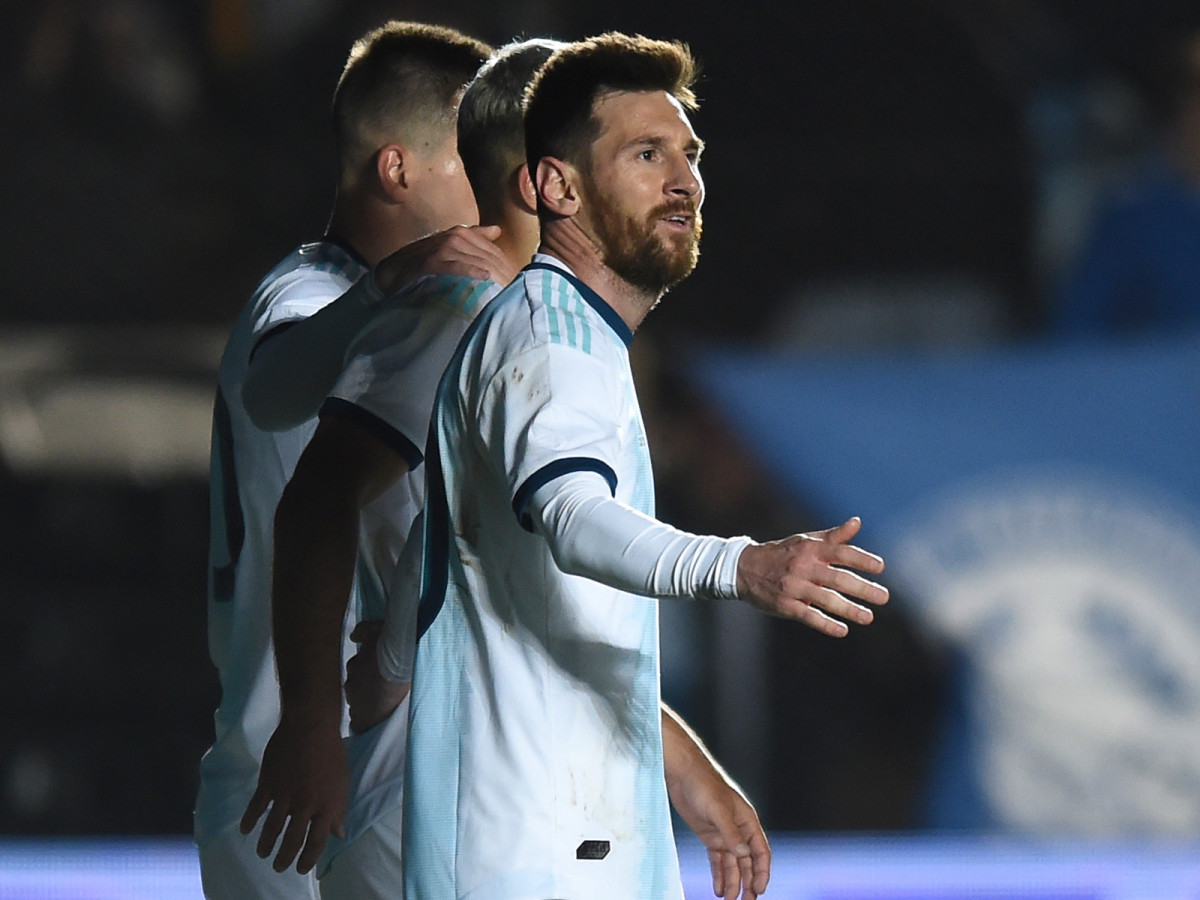
The pressure on Lionel Messi to win a major trophy (outside of a gold medal in the 2008 Olympics) with the national team and end a trophy drought that extends to Copa America 1993 makes it tempting to rank Argentina at the top. And when former U.S president Barack Obama addresses the issues of Argentina and its inability to succeed with Messi, you know the problem is real.
But let’s forget about Messi for a second.
Argentina, the two-time World Cup champion and second-most successful nation in Copa America history, has been on an inconsistent, fragile path for many years. Argentina’s Football Association has had four presidents and four head coaches since 2014 and no titles to show for it. It's come close (World Cup runner-up in 2014; Copa America runner-up in 2015 and 2016), but the issue has also been about the manner in which La Albiceleste has performed. As a result, this tournament for Lionel Scaloni’s side is about more than Messi’s redemption. It’s about a group of talented players and their need to prove their worth by not just winning, but being able to dominate and showing the continent they’re still a force with which to be reckoned.
A Copa America title could be the perfect start.
3. Uruguay
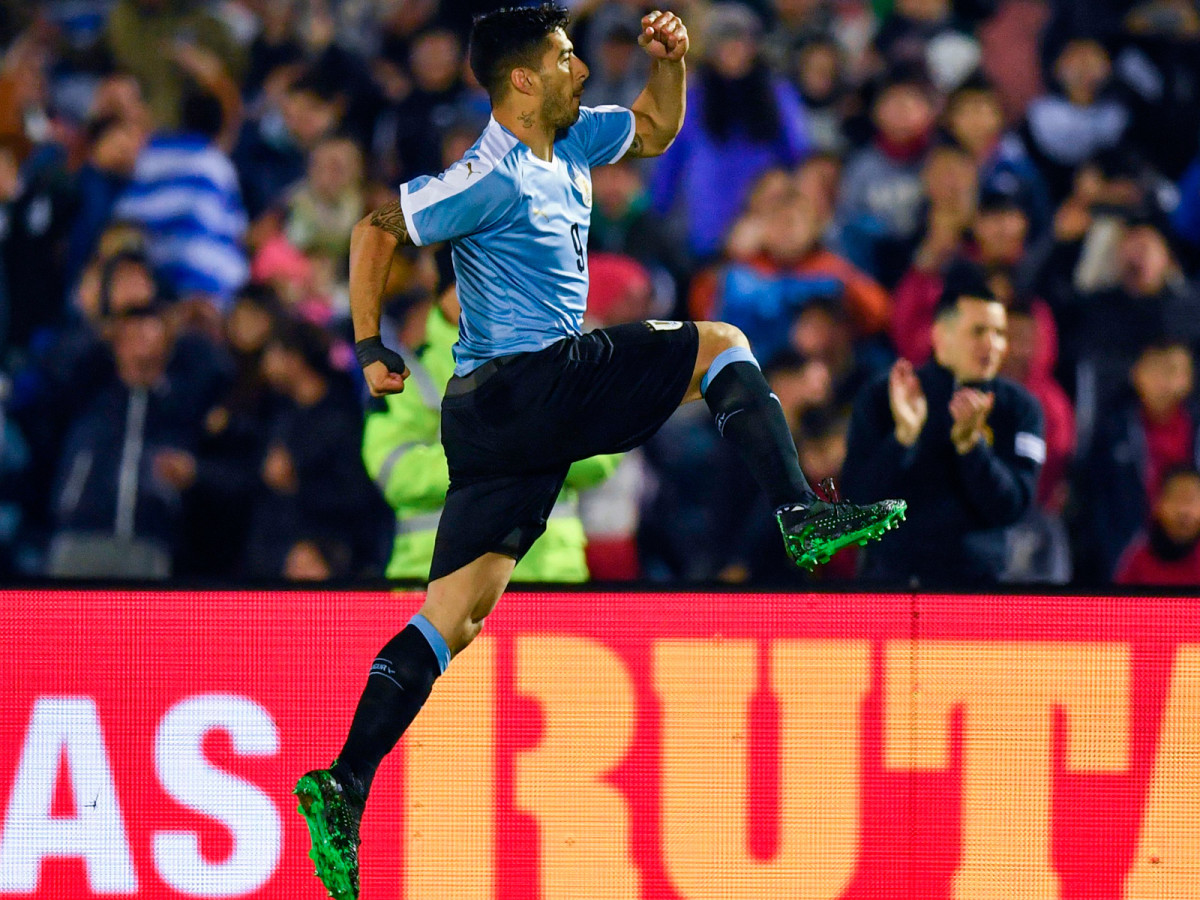
With 15 titles, Uruguay is the tournament’s most successful team, but just like Brazil, it failed to get out of the group stage at Copa America Centenario, so Oscar Tabarez’s side is looking for a better showing this time around. After France knocked out La Celeste in the quarterfinals of last summer’s World Cup, Tabarez, who has been with the national team for 13 years, returned for another cycle, overseeing the transition of its effective and productive player pool. But unlike for Brazil or Argentina, the need for a title is less urgent and more a desire to give the 72-year-old manager a major trophy for the first time since 2011.
It's not just about Tabarez, of course. His best player remains 32-year-old Luis Suarez, who just had arthroscopic right knee surgery and is still working his way back into top form and fitness–though he did feature off the bench and score in Uruguay's most recently friendly.
Throughout the decade, Uruguay has proven to be a model of South American consistency. Now it just needs to turn that into silverware. Playing spoiler for Brazil at the site of the 1919 defeat (and 1950 World Cup triumph) adds extra motivation.
4. Colombia
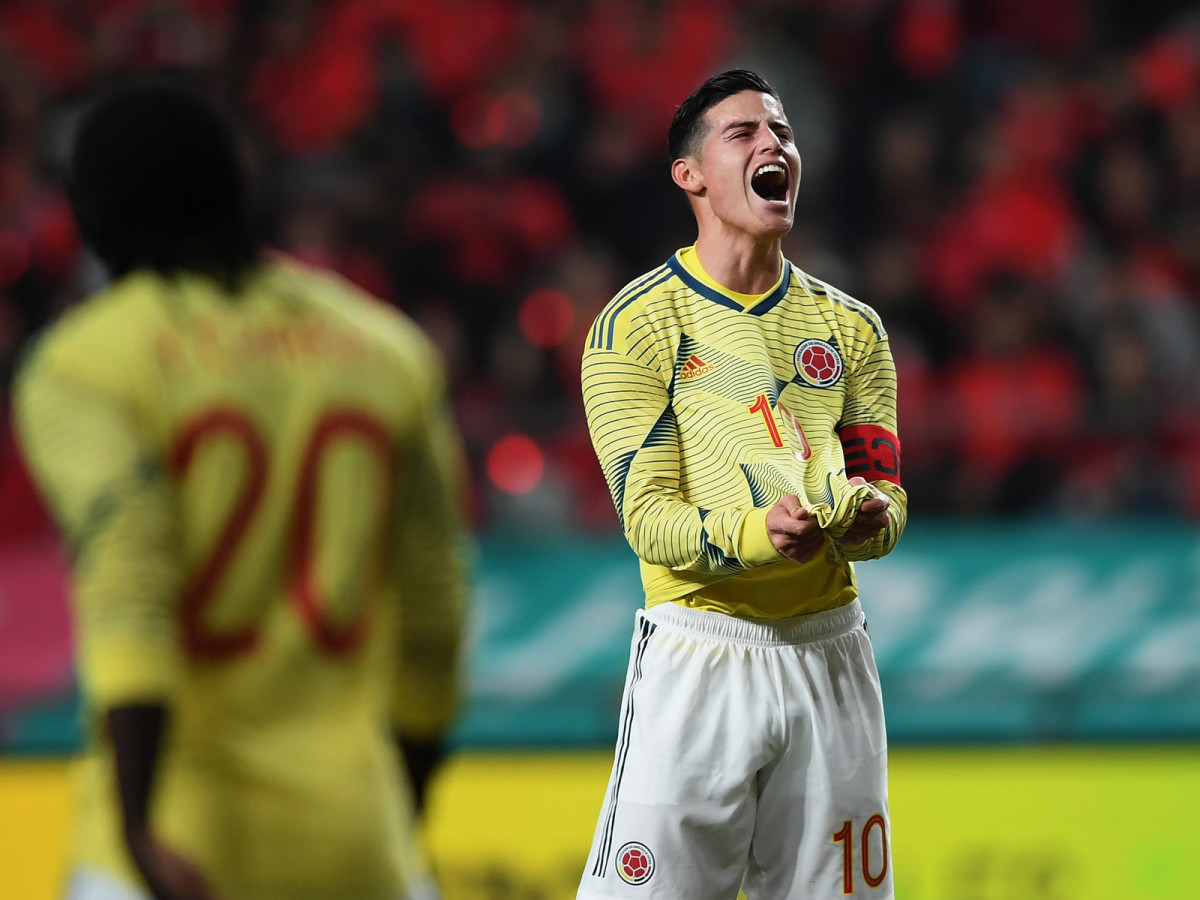
Welcome to Colombia’s new era. Carlos Queiroz, who took over as manager after Jose Pekerman’s six-year tenure came to an end after the World Cup, has stepped in and is molding Colombia as his own.
For Copa America, Los Cafeteros have essentially two objectives. The first is obvious: go further than they did in 2016, when it finished third, and win. The second is to show what the team looks like under the new manager and see how quickly he understands the nature of South American competition. No one doubts his resume and vast international experience (Iran, Portugal, South Africa, United Arab Emirates) but the bigger problem has been the lack of time he has had to fully implement his philosophy. Queiroz arrived in February after leaving his post with Iran, so five months is hardly enough time to teach his system.
The last two friendlies (3-0 wins against Panama and Peru) have shown how organized and ready Colombia can be, though it's a different ballgame when the stakes are higher–and it doesn't get higher than an opener against Messi and Argentina.
You can expect highlight-reel action from this talented squad, which could result in a deep run in the competition, but it is still only the beginning of this project.
5. Peru
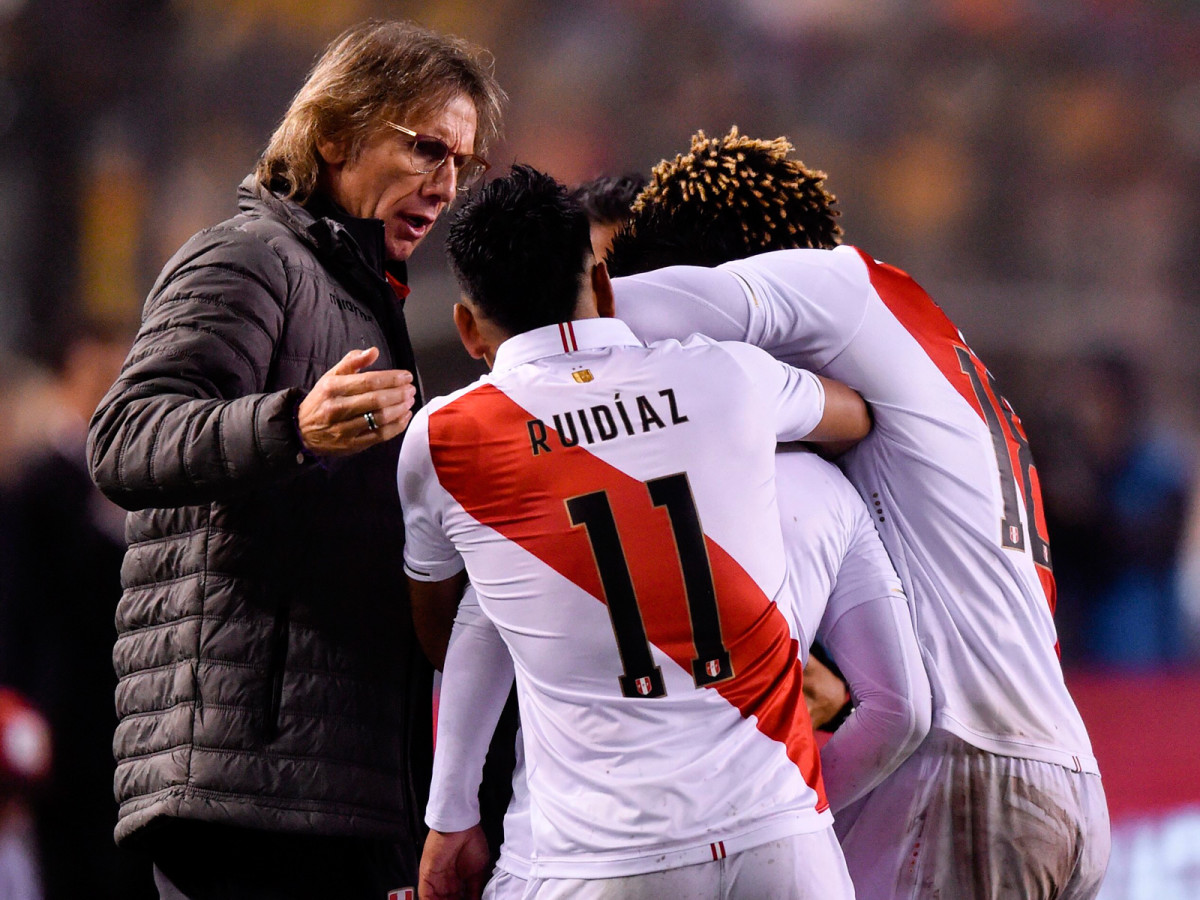
Peru doesn’t need to win Copa America in order to validate Ricardo Gareca’s tenure and the positive work he has already done with the national team, but a deep run is expected, especially since the squad now has its star player Paolo Guerrero fully ready for Brazil. What’s more, Guerrero loves this tournament. Along with Chile’s Eduardo Vargas, Guerrero has 13 total goals and only needs six more to tie the greats Zizinho (Brazil) and Norberto Mendez (Argentina) for most scored in the history of the competition. Adored by fans and teammates, the hope is for this summer to be a memorable one for the 35-year-old striker.
Spirits are high with Peru, but it’s more a feeling of cautious optimism, as despite the good performances shown in Russia, post-World Cup matches have demonstrated inconsistencies and lapses of concentration–something Gareca detests.
As many pundits have said in the past, Peru is a team who could beat anyone or lose to anyone. We'll see which one shows up in Brazil.
6. Venezuela
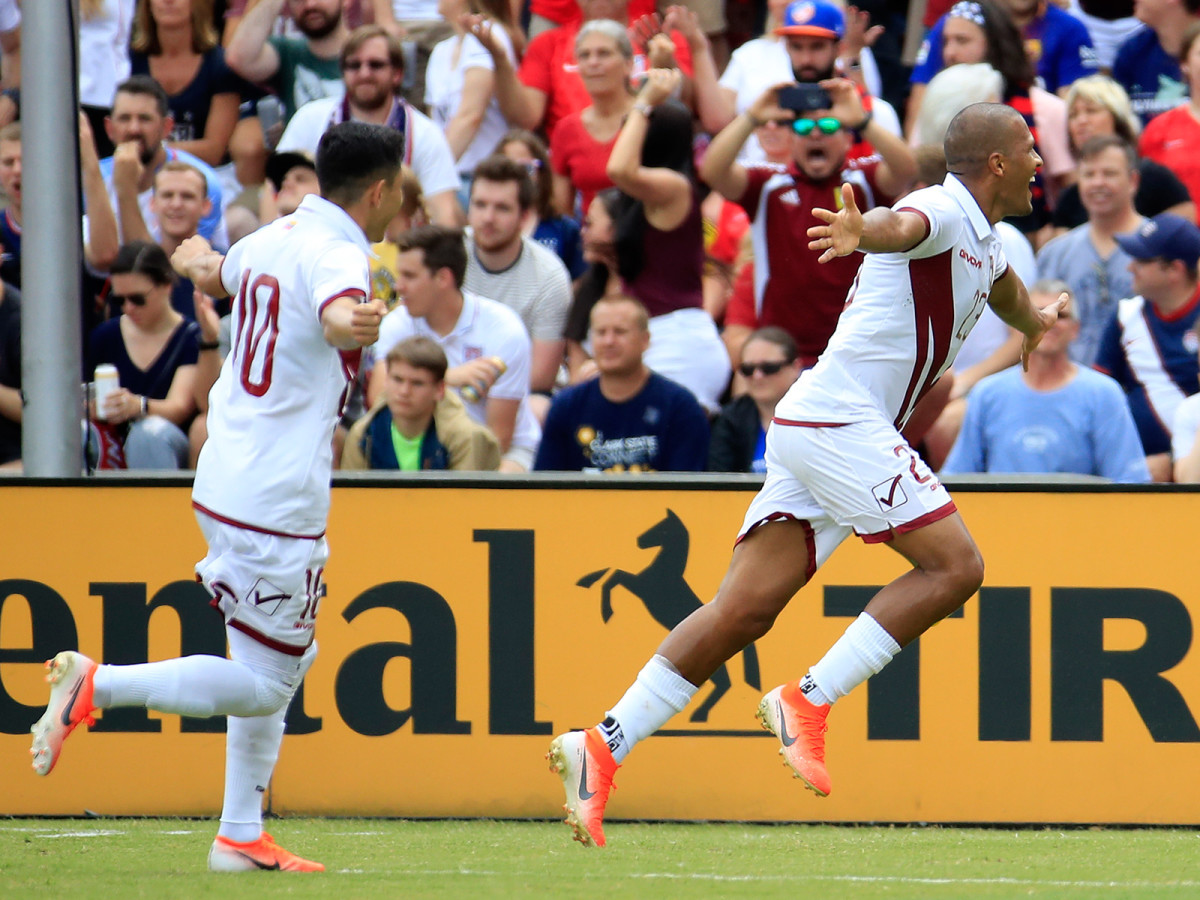
Thanks to a perfect mix of youth and experience, Rafael Dudamel’s project has been growing in reputation throughout the continent. Despite the political unrest in the nation, La Vinotinto aims to give its people something to smile about this summer. Make no mistake about it: This is one of the best squads Venezuela has ever put together, as it includes graduates from the U-20 2017 World Cup finalist team and European-based talent such as Salomon Rondon, Tomas Rincon and Jhon Murillo.
Beating Argentina 3-1 this past March (and the USA 3-0 on Sunday) was no fluke, so teams are wary of Venezuela now more than ever. But Dudamel, ever the realist, knows that the best way to enter the competition is to maintain the underdog role and surprise your opponent. There are light expectations on Venezuela, which could make it even more of a dangerous sleeper.
7, 8 (tie) Ecuador, Paraguay
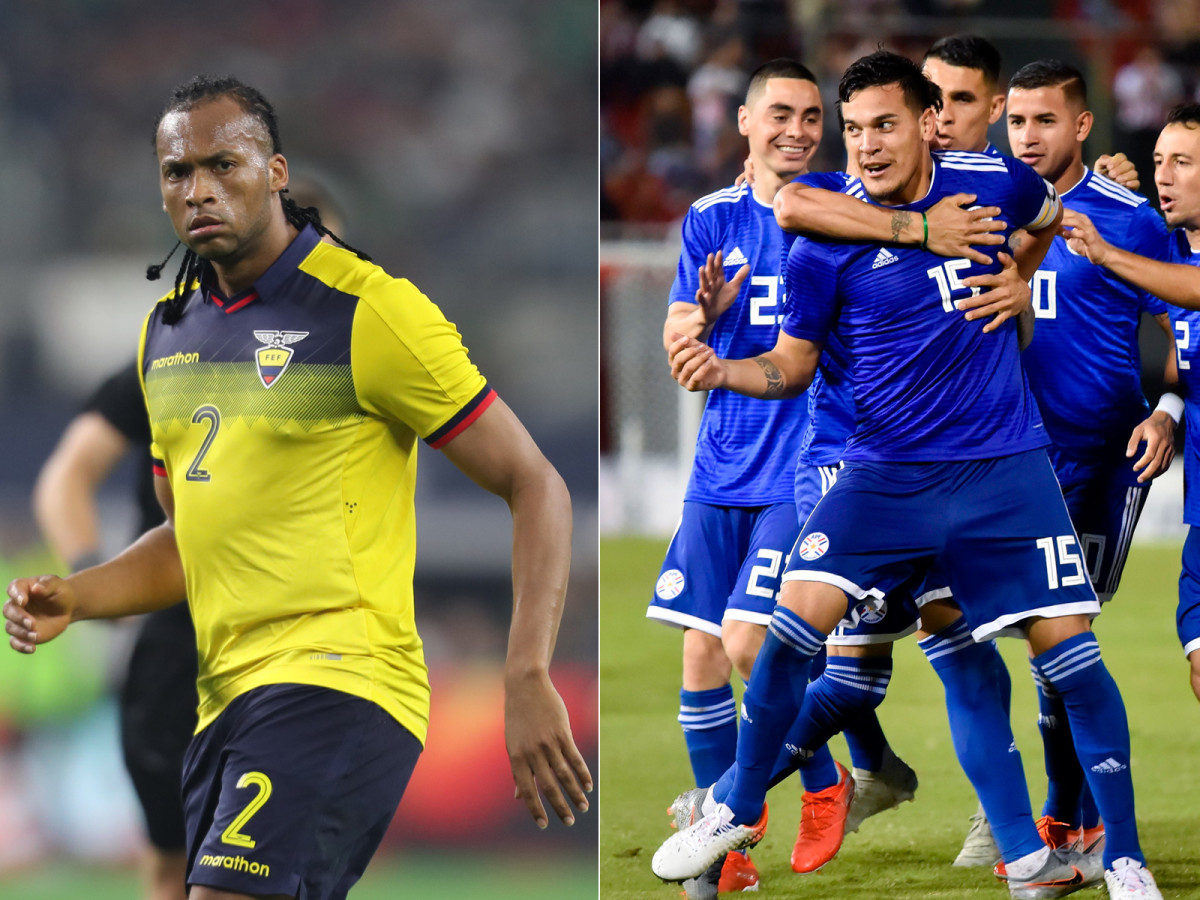
Two teams who didn’t qualify for the World Cup look to turn a new page this summer, and the goal at Copa America should be to get out of the group.
For Ecuador, head coach Hernan Dario Gomez knows that after Uruguay in Group C, ending in second place is a realistic possibility, while Paraguay has a steeper hill to climb. Eduardo Berizzo’s players, who have endured a roller coaster of a few months after Juan Carlos Osorio's arrival and U-turn, face the daunting task of playing Argentina and Colombia.
Since CONMEBOL qualifiers for Qatar 2022 don’t begin until next year, these nations have time to solidify their respective plans and most importantly, strengthen the core talent in Brazil. But there's no urgency among either side to be title-ready.
9. Chile
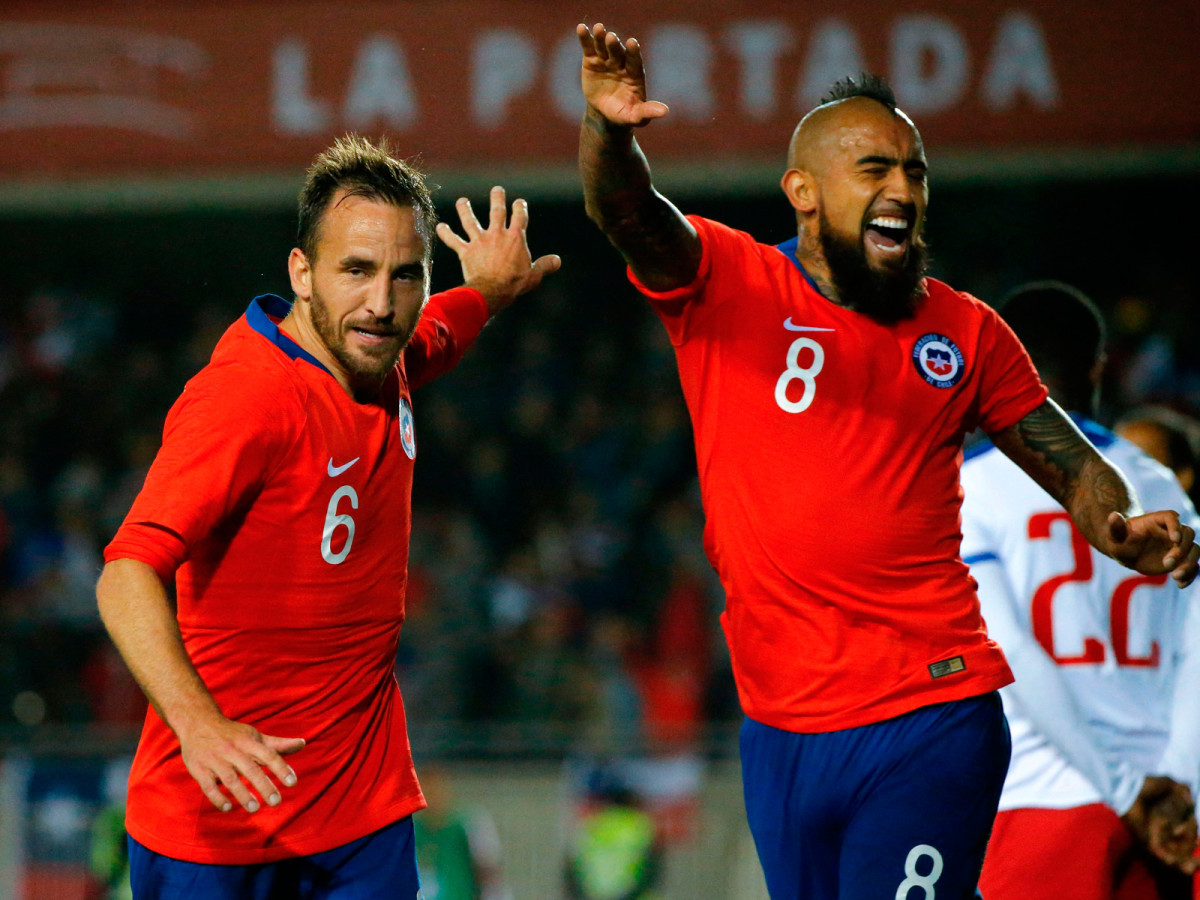
In one way, it’s perplexing to place La Roja, which has won the last two Copa America titles, as low as ninth. But does Chile really need another title for validation? Its national team has been going through a major transitional period since winning in 2016, though that included missing the World Cup altogether last summer. For many aging players from its golden generation, this could be their last tournament, so there may be an added dose of adrenaline and motivation for leaders such as Arturo Vidal, Alexis Sanchez and Gary Medel. But Reinaldo Rueda’s conservative approach, which mainly focuses on shape and organization, may not be to everyone’s taste, and he also didn’t help matters when he omitted Claudio Bravo–PK shootout hero of the last two Copa America finals–from the squad.
10. Bolivia
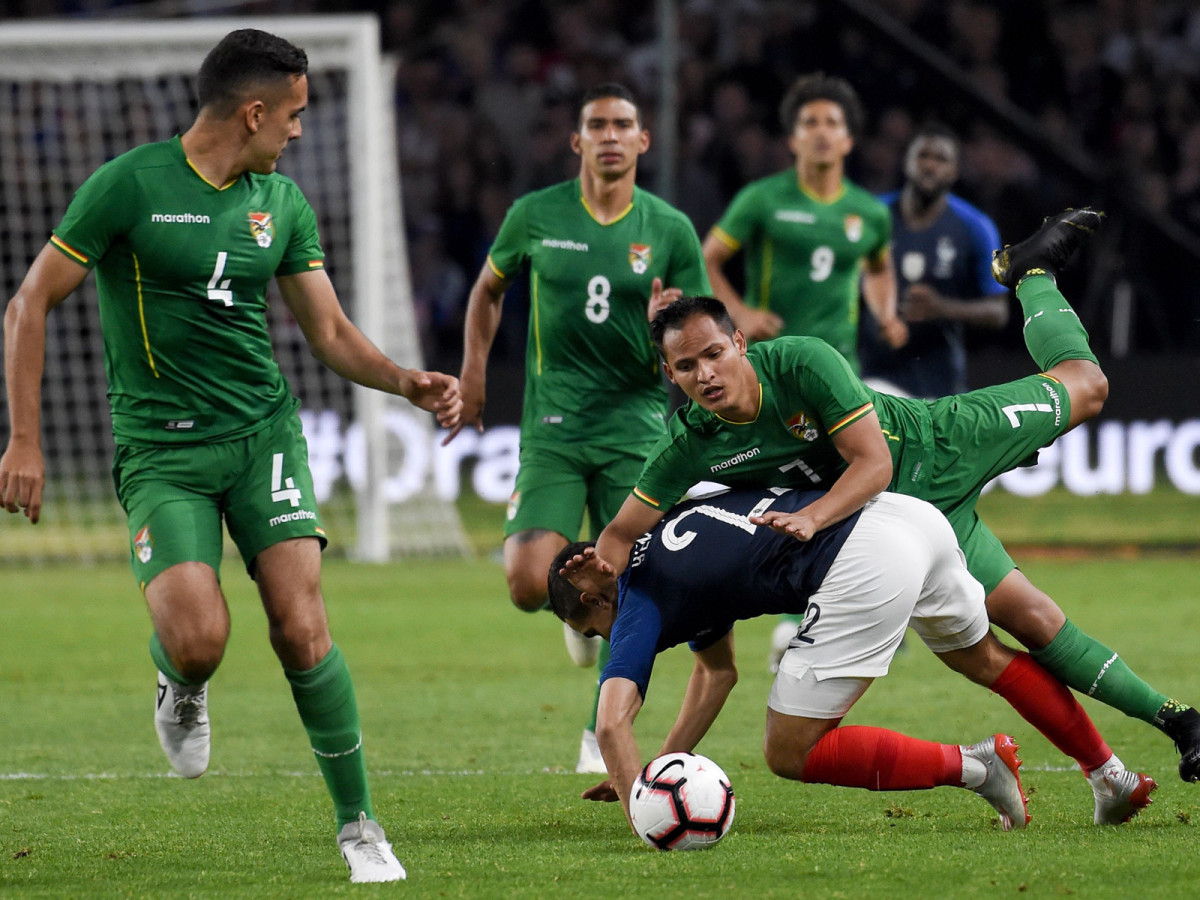
The good news for Bolivia, which has won exactly one match since September 2017 (1-8-7 in that time) is that it once again enters this tournament as an overwhelming underdog. Eduardo Villegas, who was appointed in January, brings an inexperienced squad and places a lot of trust in domestic talent. But it’s an intentional move, as La Verde will use Copa America to develop character and international experience. Anything else is a bonus.
11, 12 (tie) Qatar, Japan
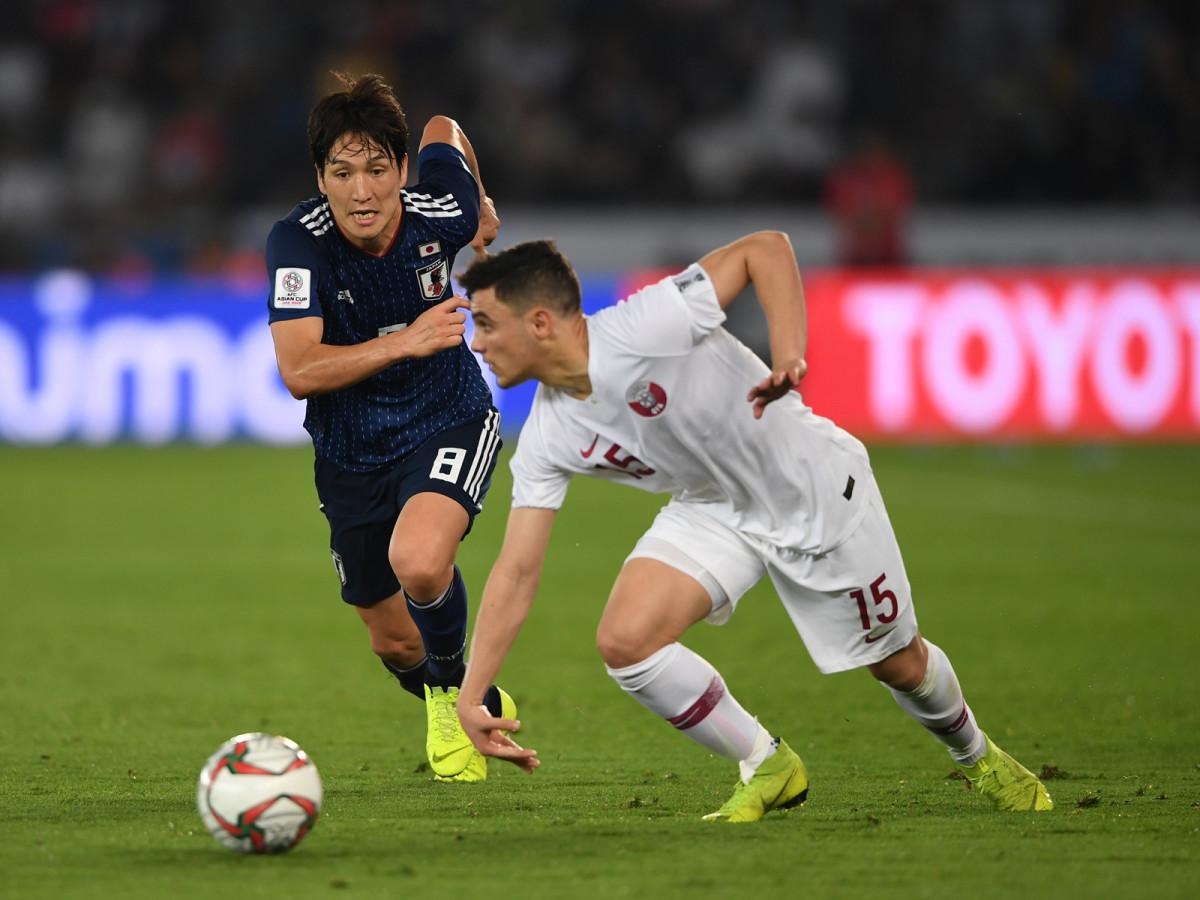
Attempting to evaluate how guest nations will perform at Copa America–and how much it means to them–is never easy, and this summer is no exception. Japan brings a young squad full of newcomers, with the suggested idea that it's using the tournament to prepare for next summer's Olympics, which it will host. Qatar, which stunned Japan in the Asian Cup final to be crowned continental champion, is very much a work in progress under Spanish coach Felix Sanchez Bas, who began his career with Barcelona’s La Masia.
Given the lack of international experience from both rosters and the fact that it’s entering an unfamiliar playing environment, advancing to the knockout stage should be seen as the chief objective. Otherwise, little is expected from either outsider.
